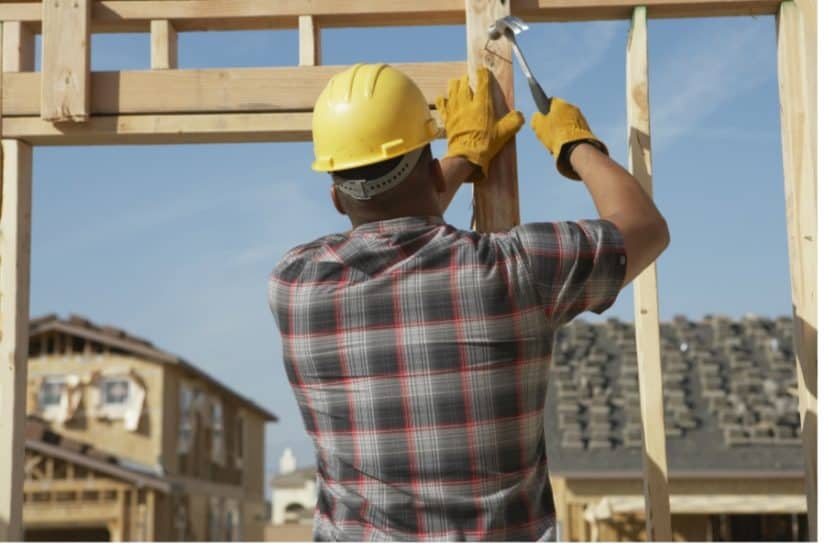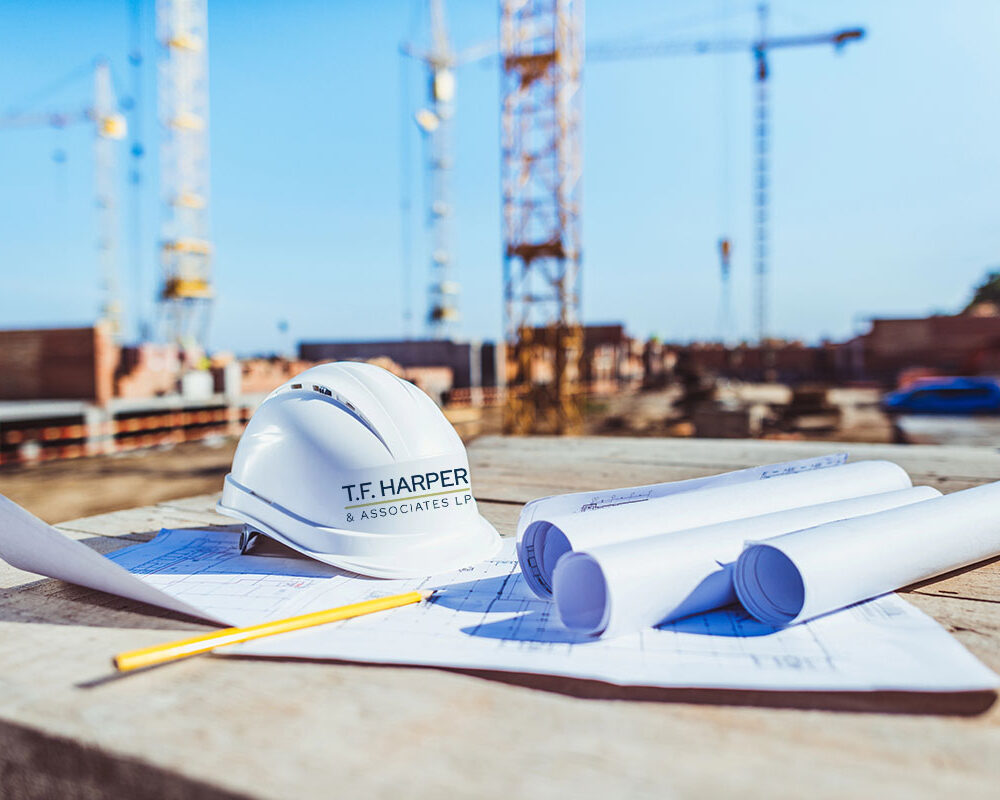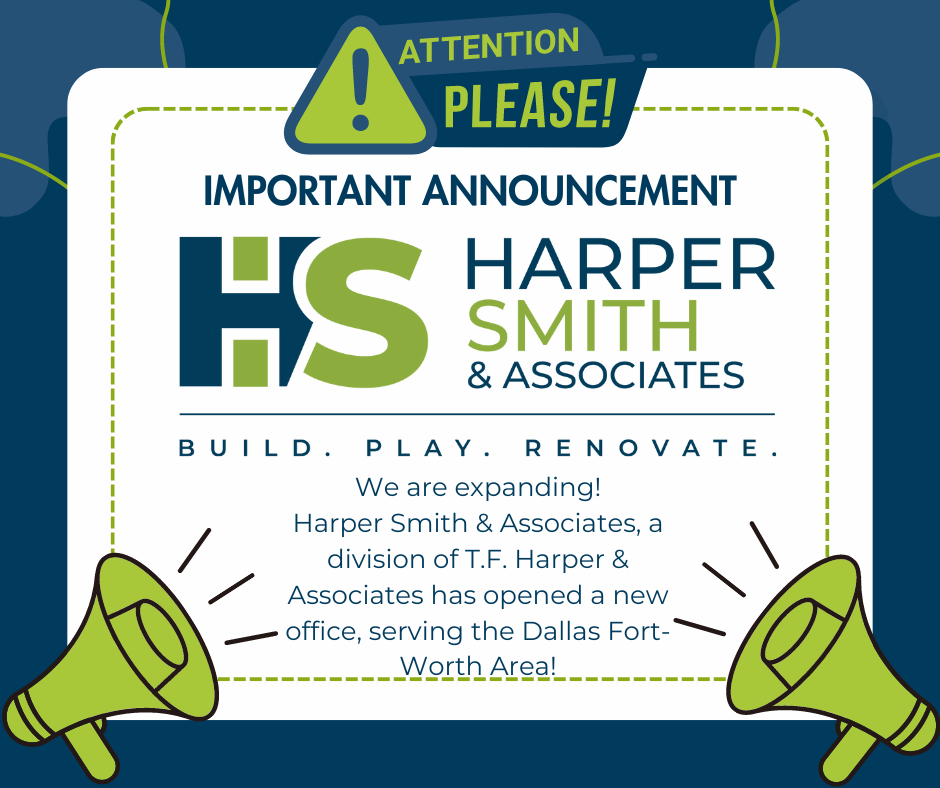Hard Hats in the Work Zone
A construction zone can be a dangerous place when the proper safety precautions aren’t taken. Objects can be sent flying or fall from an elevated height. Exposed electrical wiring can become a risk to a worker who isn’t wearing the proper equipment. While those are potentially deadly risks, the work zone also presents a number of other risks that can harm a worker. Things such as bumps, bruises, cuts, and scrapes are all a very real and common threat at a construction site.
Luckily, hard hats can protect your head, neck, and portions of your upper torso from being exposed to these threats. Hard hats come in a variety of designs and colors and each one has a specific purpose and benefit to construction workers. Below, the different purposes of each and their benefits will be outlined to inform you about which one they should be wearing to benefit the most in a situation.
How are Hard Hats Classified: A Quick Breakdown
All hard hats that are up to standards have two categories. They have a type and a classification. These categories are important for you to know because they drastically change the hard hat’s performance against certain threats. The color of the hat and the sticker placed on the front are also important for distinguishing between different forms of personnel.
The Benefits of Different Hard Hats
The first category a hard hat is classified by is it’s type. Type one hard hats are designed to protect from falling objects. If you’re a lumberjack or part of another occupation where falling objects is a major threat, these hats have a brim that circles the entire dome of the hard hat for maximum protection.
Type two hard hats have a partial brim in the front and provide less protection from falling objects. This is because they don’t protect a complete circle around your head, but they do protect the parts of your head within the dome and under the brim. Their main benefit is mobility.
After the hard hat’s type, it has a specialized classification. Class C helmets are designed to absorb as much impact as possible from falling objects. However, they don’t provide any protection from electrical threats because they’re conductive. You benefit most from this type of hard hat when performing a task that involves a lot of heavy objects potentially falling on top of you.
Class E hard hats are for electrical purposes and are basically the exact opposite of a Class C helmet. They do absorb some of the blow from an impact, but they’re mostly designed, tested, and certified to protect against extreme levels of electrical shock and that is their main benefit.
Class G helmets are a good all around option with the most benefits. They just don’t perform each task as well as more specialized hats. They provide a great amount of protection from both impacts and electrical use. This makes them a great choice for working in an environment with a lot of different kinds of threats.
Coloring and Stickers
The color and sticker that’s present on a hard hat is a great visual aid that is used for identifying different kinds of workers in an emergency. Not everyone is qualified to perform every task on a work site. So, being able to quickly pick out who is qualified to do something when things go wrong is a major benefit.







